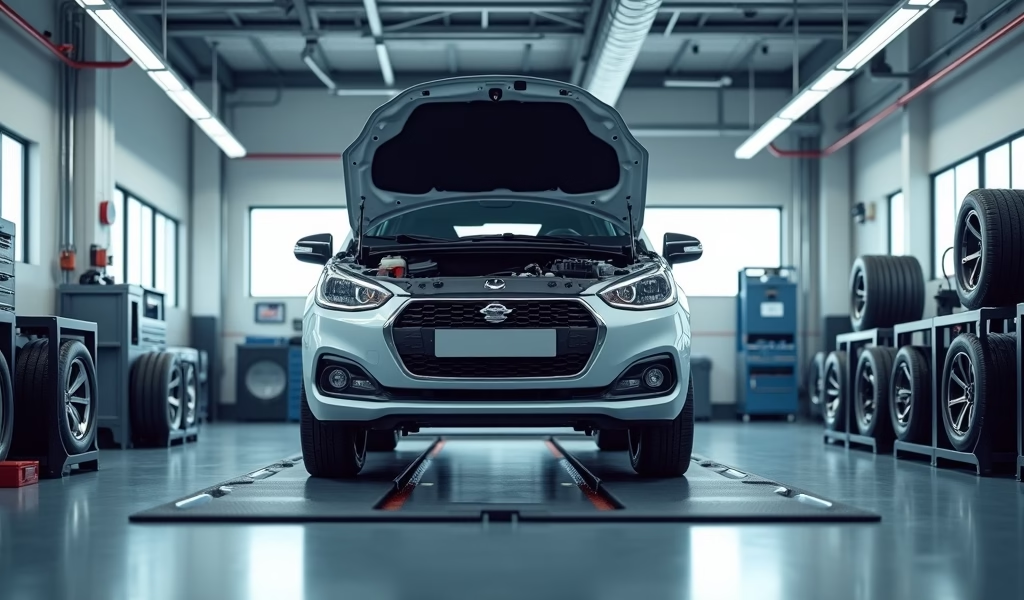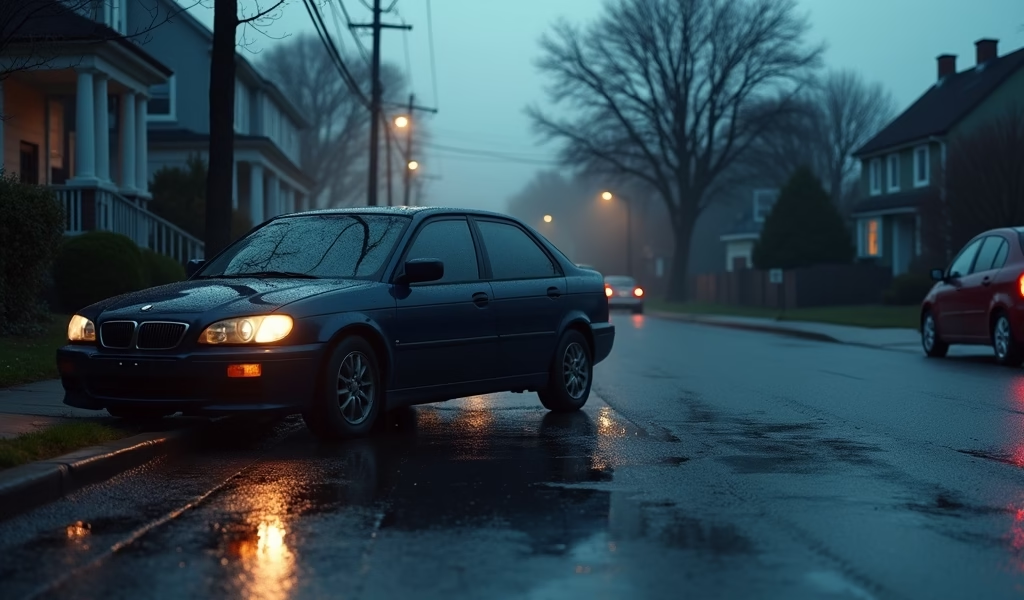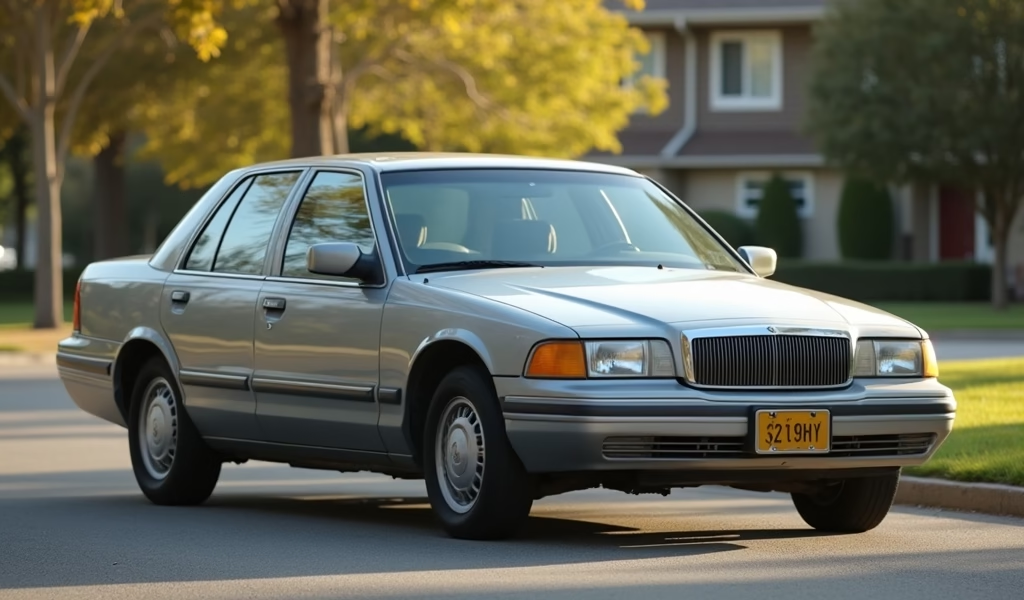Overview
This guide explains why teen car insurance is expensive (due to inexperience and higher accident rates) while offering practical solutions including finding the right coverage, qualifying for discounts, teaching safe driving habits, and maintaining vehicles properly. Parents can reduce costs by adding teens to existing policies, choosing appropriate vehicles, utilizing good student and driver education discounts, establishing clear driving rules, and teaching basic maintenance skills that promote both safety and financial responsibility.
Table of Contents
- Understanding Teenage Car Insurance
- Why Is Teen Car Insurance So Expensive?
- Finding the Right Coverage for Your Teen
- Discounts and Savings Opportunities
- Teaching Safe Driving Habits
- Car Maintenance Tips for Teens
- Navigating Insurance Claims
- Conclusion
Understanding Teenage Car Insurance
Adding a teenage driver to your household can be both exciting and nerve-wracking – especially when you see the impact on your insurance premiums. Teenage car insurance rates are typically 2-3 times higher than those for experienced drivers, and for good reason. As automotive professionals who’ve seen our fair share of teen-related repairs, we understand the financial strain this can put on families.
Teens are statistically more likely to be involved in accidents due to their inexperience behind the wheel. According to the Centers for Disease Control and Prevention, the crash risk is particularly high during the first months of licensure. But don’t worry – we’re here to help you navigate car insurance for teens while keeping your young driver safe and your wallet intact.
The good news is that with the right approach to both insurance and vehicle maintenance, you can significantly reduce these costs while ensuring your teen becomes a responsible driver. Let’s dive into the essentials of teenage car insurance and proven car care strategies that will benefit both your child’s safety and your financial well-being.
Why Is Teen Car Insurance So Expensive?
From our experience in the automotive service industry, we’ve seen firsthand why insurance companies charge such high premiums for teenage drivers. Understanding these factors can help you make informed decisions about coverage.
Lack of Driving Experience
Teens simply haven’t logged enough road hours to develop the reflexes and judgment that come with experience. This inexperience translates directly to higher risk in the eyes of insurance providers. Insurers know what we see in our service bays – teens are more likely to be involved in situations requiring repairs.
Higher Accident Rates
The statistics don’t lie. Teen drivers have accident rates nearly three times higher than drivers over 20. Insurance is all about risk assessment, and younger drivers represent a significant financial risk to insurance companies.
Distraction Vulnerability
Today’s teens have grown up with smartphones and constant connectivity. Despite knowing better, many succumb to the temptation to check notifications while driving. As mechanics, we’ve repaired many vehicles damaged in accidents where distraction was a factor.
Insurance companies also consider the natural tendency for teenagers to drive with friends, which creates additional distractions and peer pressure. New driver insurance rates reflect these behavioral realities.

Finding the Right Coverage for Your Teen
When it comes to insuring your teenage driver, balancing adequate protection with affordability is key. As automotive professionals, we’ve guided many parents through this process, and we have some practical insights to share.
Adding vs. Separate Policy
In most cases, adding your teen to your existing policy is more cost-effective than purchasing a separate policy. This approach allows them to benefit from your policy discounts and established history with the insurer. However, there are exceptions worth considering:
- If your teen has their own car titled in their name
- If you have luxury vehicles with high insurance costs
- If your driving record has blemishes that affect your rates
Coverage Types to Consider
While it might be tempting to choose minimum coverage to save money, we’ve seen too many families regret this decision after an accident. Here’s what we recommend:
- Liability coverage: Essential for covering damages to others
- Collision coverage: Covers repairs to your teen’s vehicle regardless of fault
- Comprehensive coverage: Protects against theft, vandalism, and weather damage
- Uninsured/underinsured motorist protection: Critical if your teen is hit by someone with inadequate insurance
Remember that the cheapest insurance isn’t always the best value. As mechanics who’ve witnessed the aftermath of accidents, we strongly recommend balancing cost with sufficient protection. Car insurance for teenagers should provide peace of mind, not just meet minimum requirements.
Shopping and Comparing Options
Don’t settle for the first quote you receive. Insurance rates can vary dramatically between companies, especially for teenage drivers. Take time to compare at least 3-4 options, making sure each quote includes identical coverage levels for a fair comparison.
Many insurers offer online quote tools, but we recommend following up with a phone call to discuss specific discounts for teens. Some companies specialize in high-risk drivers and might offer better rates for young operators.
Discounts and Savings Opportunities
Insurance for teen drivers doesn’t have to break the bank. There are numerous discounts and strategies that can significantly reduce your premiums while encouraging responsible driving behaviors.
Good Student Discounts
Most major insurers offer substantial discounts for students maintaining a B average or better. These discounts typically range from 10-25% and are well worth the effort. Insurance companies have found that teens who perform well academically tend to be more responsible behind the wheel.
Ask your insurer about providing report cards or academic transcripts to qualify. Some companies will even continue these discounts during college if grades remain strong.
Driver Education Benefits
Completing a recognized driver’s education course can reduce insurance costs by up to 15%. Beyond basic driver’s ed, advanced defensive driving courses demonstrate a commitment to safety that insurers reward.
From our perspective in automotive service, proper training makes a noticeable difference in how teens handle vehicles and avoid potential mechanical issues caused by poor driving habits.
Technology and Monitoring Programs
Many insurance companies now offer usage-based insurance programs that use telematics devices or smartphone apps to monitor driving habits. These programs track:
- Speed and acceleration patterns
- Braking habits
- Time of day when driving occurs
- Mileage and routes
While some teens might resist the idea of being monitored, these programs can provide significant discounts (sometimes up to 30%) for demonstrating safe driving behaviors. They also give parents valuable feedback about their teen’s driving habits when unsupervised.
Vehicle Selection Impact
As automotive professionals, we strongly recommend considering insurance costs before purchasing a vehicle for your teen. The difference in premiums between vehicle models can be substantial.
Generally, we recommend:
- Midsize sedans or small SUVs with strong safety ratings
- Vehicles with advanced safety features
- Cars that are inexpensive to repair (foreign luxury brands often have costly parts)
- Avoiding sports cars, high-performance vehicles, or commonly stolen models
A 5-year-old Toyota Camry will typically cost hundreds less to insure annually than a new sports car, while providing better protection in an accident.
Teaching Safe Driving Habits
Insurance savings are important, but your teen’s safety is paramount. As automotive professionals, we believe that developing proper driving habits from day one is the best way to prevent accidents and keep insurance costs down over the long term.
Supervised Practice Techniques
The hours you spend practicing with your teen make a significant difference in their driving development. Instead of just accumulating hours to satisfy license requirements, create structured learning experiences:
- Progress gradually from empty parking lots to quiet streets to more challenging environments
- Practice specific skills like parallel parking, highway merging, and night driving
- Create scenarios that teach defensive driving techniques
- Demonstrate proper responses to adverse weather conditions
Remember to model good driving behavior yourself. Teens are highly attuned to hypocrisy and will notice if you don’t follow the rules you’re teaching them.
Setting Clear Rules and Expectations
Establish firm boundaries about driving privileges from the start. Consider creating a driving contract that outlines:
- Absolute rules (no texting while driving, always wearing seatbelts, no alcohol)
- Passenger limitations (many states have graduated license restrictions)
- Curfews and driving area restrictions
- Consequences for violations or tickets
- Financial responsibilities (who pays for gas, maintenance, insurance)
These boundaries aren’t about restricting freedom but creating a framework for gradually developing responsible driving habits. As automotive professionals, we’ve seen how early patterns influence lifetime driving behaviors.

Car Maintenance Tips for Teens
Teaching your teenager about basic car care isn’t just about saving money on repairs—it’s about safety and responsibility. As automotive service providers, we believe maintenance education is an essential component of teen driver readiness.
Essential Maintenance Schedule
Help your teen understand and follow the manufacturer’s recommended maintenance schedule. Create a simple calendar or digital reminder system for:
- Oil changes (typically every 3,000-7,500 miles depending on the vehicle)
- Tire rotations and pressure checks (monthly)
- Brake inspections (at least annually)
- Air filter replacements (typically annually)
- Fluid level checks (monthly)
Many insurance companies offer discounts for well-maintained vehicles, as they’re less likely to experience mechanical failures that lead to accidents.
DIY Basics Every Teen Should Know
While not every teen will become a mechanic, there are fundamental skills every driver should master:
- Checking and adjusting tire pressure
- Checking oil and other fluid levels
- Replacing windshield wiper blades
- Jumping a dead battery safely
- Changing a flat tire
- Recognizing warning lights and understanding their urgency
Consider scheduling a “maintenance lesson” at our service center where we can provide hands-on instruction tailored to your specific vehicle. This investment in knowledge pays dividends in preventing roadside emergencies.
When to Seek Professional Help
Equally important is teaching your teen when a problem requires professional attention. Explain that certain symptoms should never be ignored:
- Unusual noises (grinding, squealing, knocking)
- Warning lights that remain illuminated
- Fluid leaks or puddles under the car
- Steering difficulties or pulling to one side
- Brake performance changes
Emphasize that addressing issues promptly typically costs less than waiting until a breakdown occurs. This preventive mindset will serve them well throughout their driving years.
Navigating Insurance Claims
Even with the best preparation, accidents happen—especially with teenage drivers. Knowing how to handle the claims process properly can save considerable stress and money when incidents occur.
What to Do After an Accident
Teach your teen these essential steps to follow after any collision:
- Ensure safety first—move to a safe location if possible and check for injuries
- Call police for any accident involving injuries or significant damage
- Exchange information with other drivers (insurance details, contact information)
- Document the scene with photos from multiple angles
- Collect contact information from any witnesses
- Notify your insurance company promptly, even for minor incidents
Emphasize that they should never admit fault at the accident scene, even if they believe they caused the collision. Determination of fault is a complex legal process that should be handled by insurance adjusters.
Impact on Future Premiums
Be transparent with your teen about how accidents affect insurance costs. Explain that:
- At-fault accidents typically increase premiums for 3-5 years
- Multiple incidents can lead to policy cancellation or non-renewal
- Premium increases after teen accidents can range from 20% to over 100%
- Some insurers offer accident forgiveness for first incidents
This understanding provides concrete financial motivation for cautious driving beyond just the abstract concept of safety.
Conclusion
Navigating teenage car insurance doesn’t have to be overwhelming. By understanding why rates are high, leveraging available discounts, and teaching proper vehicle maintenance, you can find the sweet spot between protection and affordability. Remember that your investment in proper driver training and setting clear expectations will pay dividends both in safety and insurance costs.
As automotive service professionals, we’ve seen how proactive approaches to teen driving create better outcomes. The habits formed during these early years often last a lifetime. By combining proper insurance coverage with mechanical knowledge and responsible driving practices, you’re giving your teen driver the foundation they need for a lifetime of safe travels.
And don’t forget—we’re always here to help with maintenance questions, vehicle selection advice, or hands-on demonstrations of essential car care techniques. Your teen’s journey to becoming a confident, responsible driver is a partnership between parents, insurance providers, and automotive professionals like us.
Frequently Asked Questions
At what age does car insurance typically become more affordable for teens?
Insurance rates usually begin decreasing around age 19-20, with significant drops at age 25. Maintaining a clean driving record is essential for seeing these age-related decreases.
Can my teen be excluded from my insurance policy if they don’t drive my vehicles?
Some insurers allow driver exclusions for household teens who don’t drive your vehicles. This option varies by state and company, so check with your specific provider.
Does the type of car really make a big difference in teen insurance rates?
Absolutely—vehicle choice can impact premiums by hundreds or even thousands annually. Safe, moderate vehicles with good crash ratings typically cost significantly less to insure than sports cars or luxury models.
Will my child’s insurance follow them when they go to college?
Most policies continue coverage when teens attend college, with potential discounts if the school is over 100 miles away. Inform your insurer of the change in residence to access these savings.
How long does a teen accident affect insurance rates?
Most accidents affect rates for 3-5 years, gradually decreasing in impact over time. Some companies offer accident forgiveness programs specifically designed for teen drivers.


Pingback: car insurance teenager: 5 Car Care Hacks - knowsyourcar.com
Pingback: Best Car Insurance for Teens: 5 Pro Tips - knowsyourcar.com